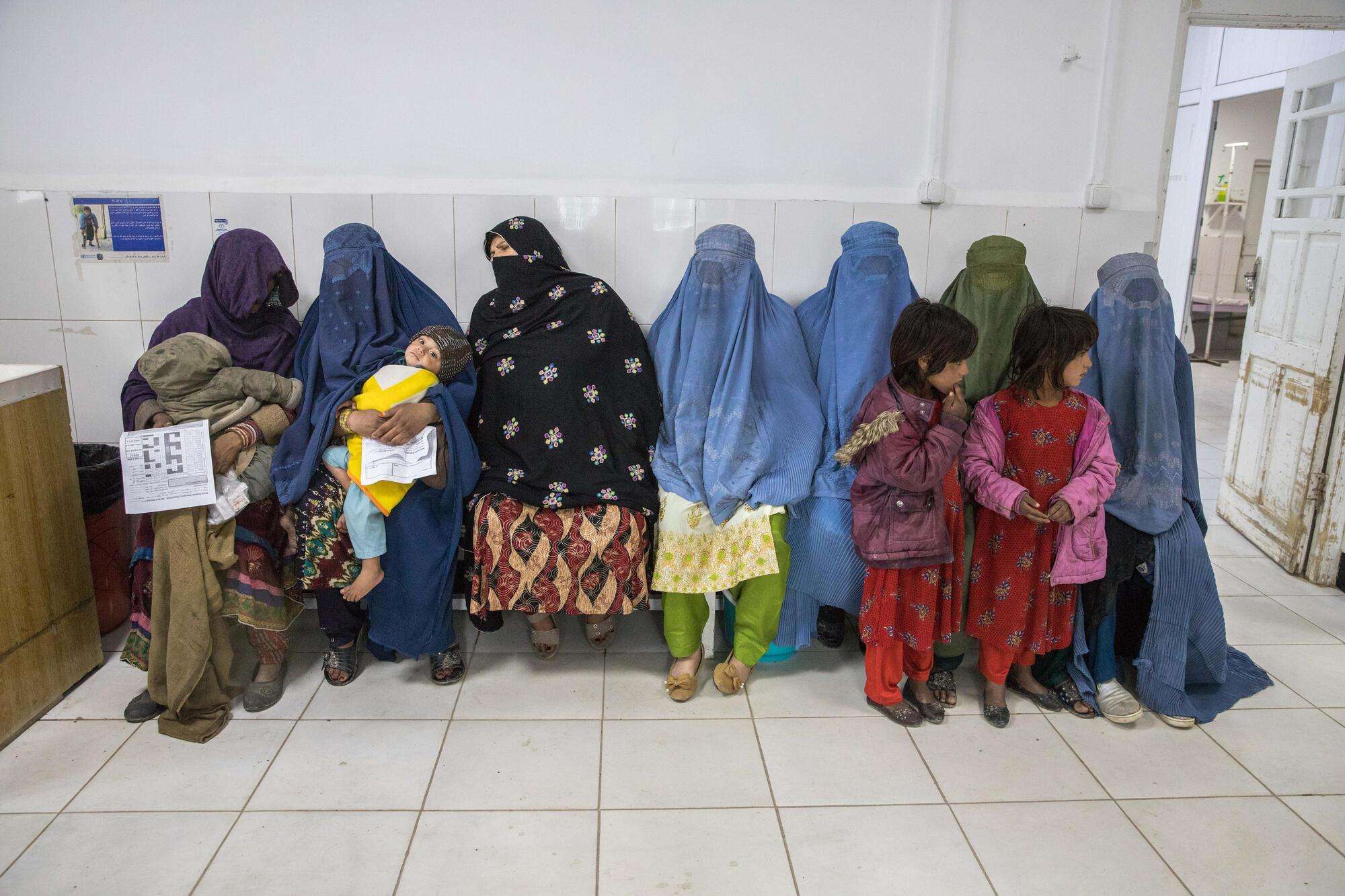Doctors Without Borders/Médecins Sans Frontières (MSF) has supported the 300-bed Boost provincial hospital in Lashkar Gah, the capital of Afghanistan’s Helmand province, since 2009. It’s our largest project in Afghanistan and a lifeline for the 1.4 million people living in Helmand province, providing secondary health care that is not easily found elsewhere.
In the months after the Islamic Emirate of Afghanistan (IEA, also known as the Taliban) took power and declared the decades long war over, MSF’s hospitals in the five provinces where we work—Khost, Kandahar, Kunduz, Helmand, and Herat—saw a sharp spike in patients seeking care. Several factors have contributed to this, including the improved security situation and a lack of alternative health care options, as many medical facilities have closed or are barely functioning due to a lack of funding, supplies, or staff.
In January 2022, photographer Oriane Zerah spent several days at the hospital documenting patients and staff.

Working alongside Ministry of Health staff, MSF’s teams support the emergency room (ER), surgical unit, inpatient department, maternity department, neonatology unit, laboratory, radiology department, pediatric department, and an inpatient therapeutic feeding center (ITFC).
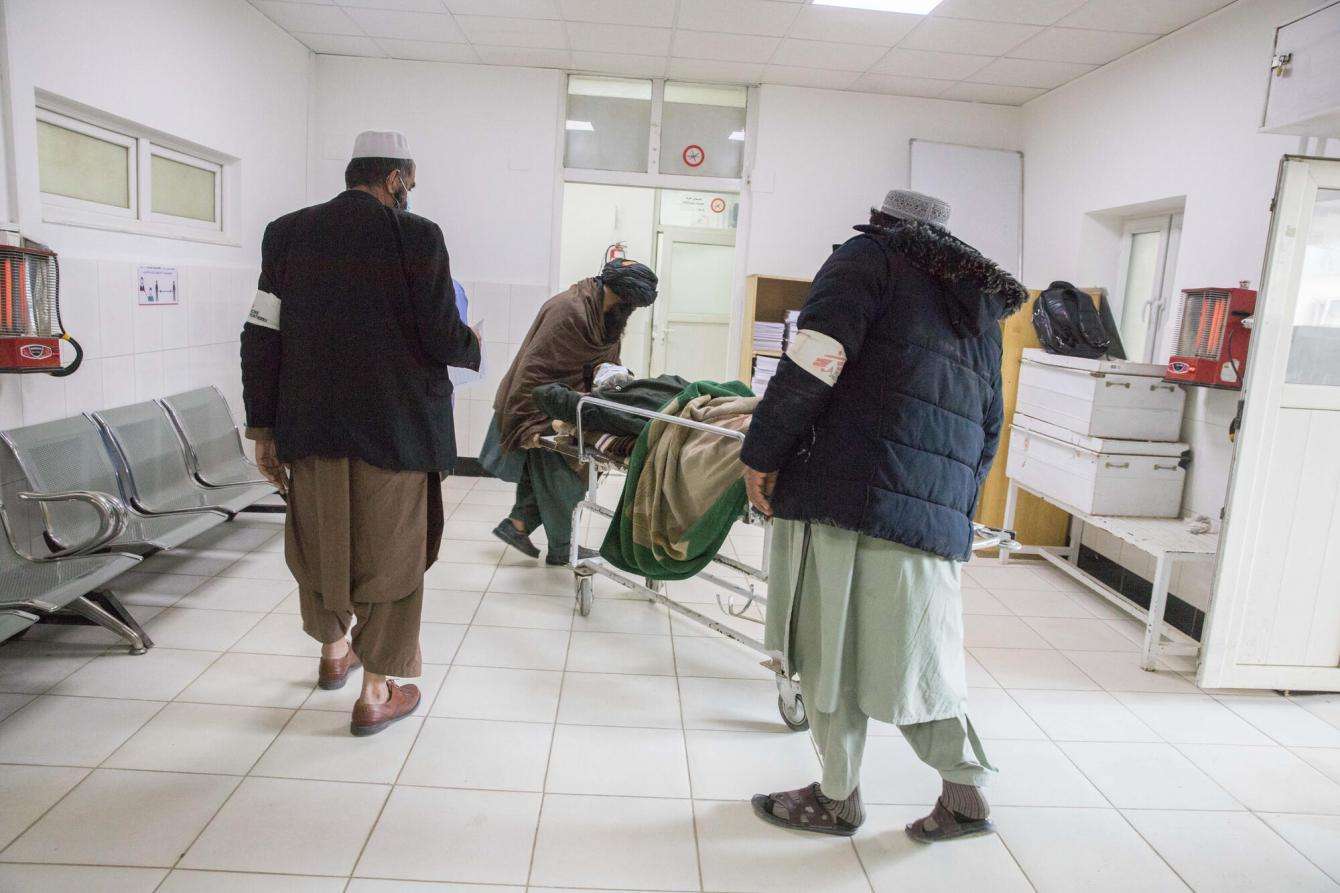
Throughout the 20-year war in Afghanistan, southern Helmand province was affected by surges of conflict, which peaked most recently in May 2021 when the IEA began its takeover of the country.
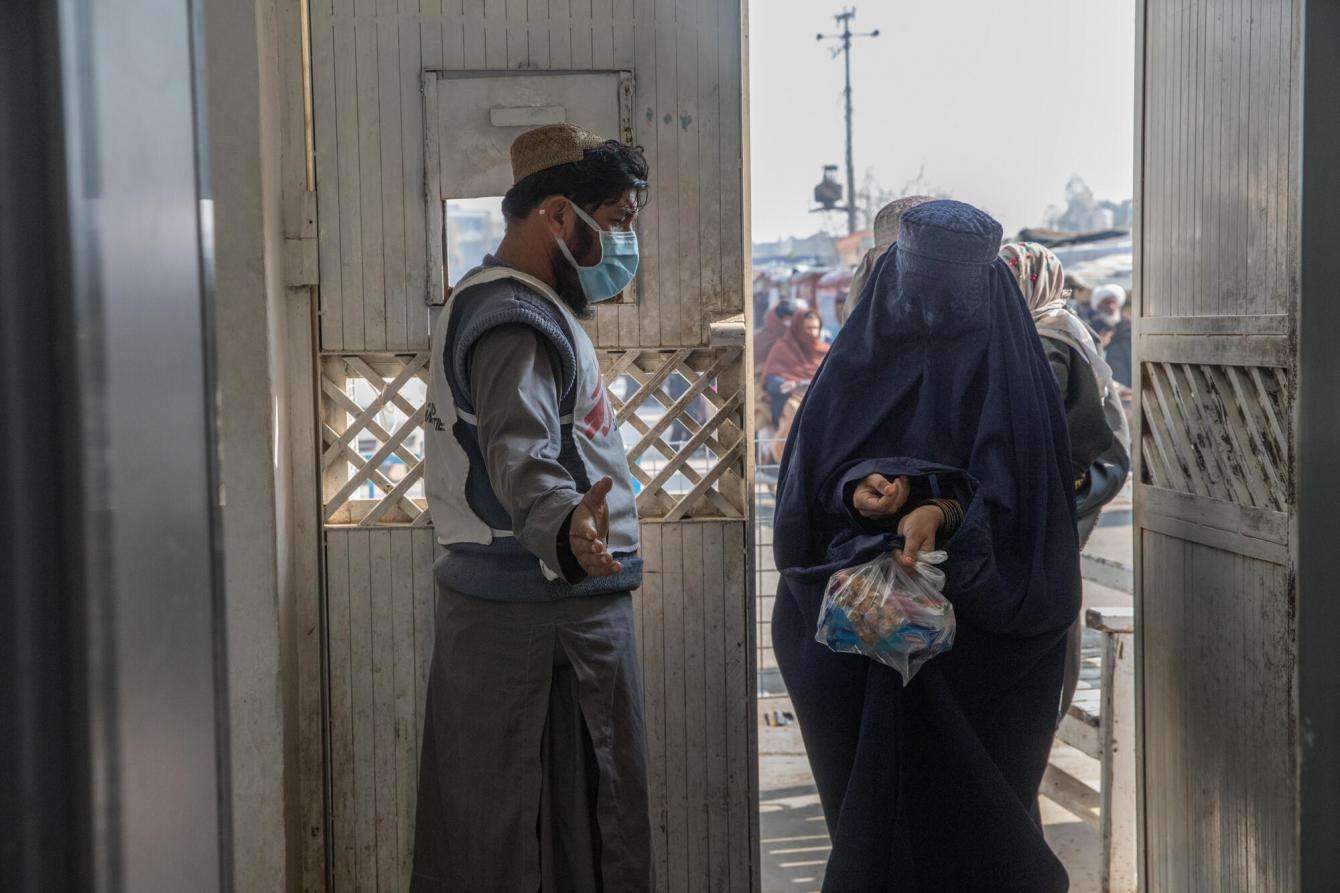
Some of our staff made the difficult choice to stay and keep working through the fighting, at times sleeping at the hospital when it became too dangerous to travel. When the front lines reached the city, many people were afraid to leave home and had to choose between the risk of being caught in the crossfire and delaying urgent medical care. Many decided to hold off on seeking care until the fighting eased.
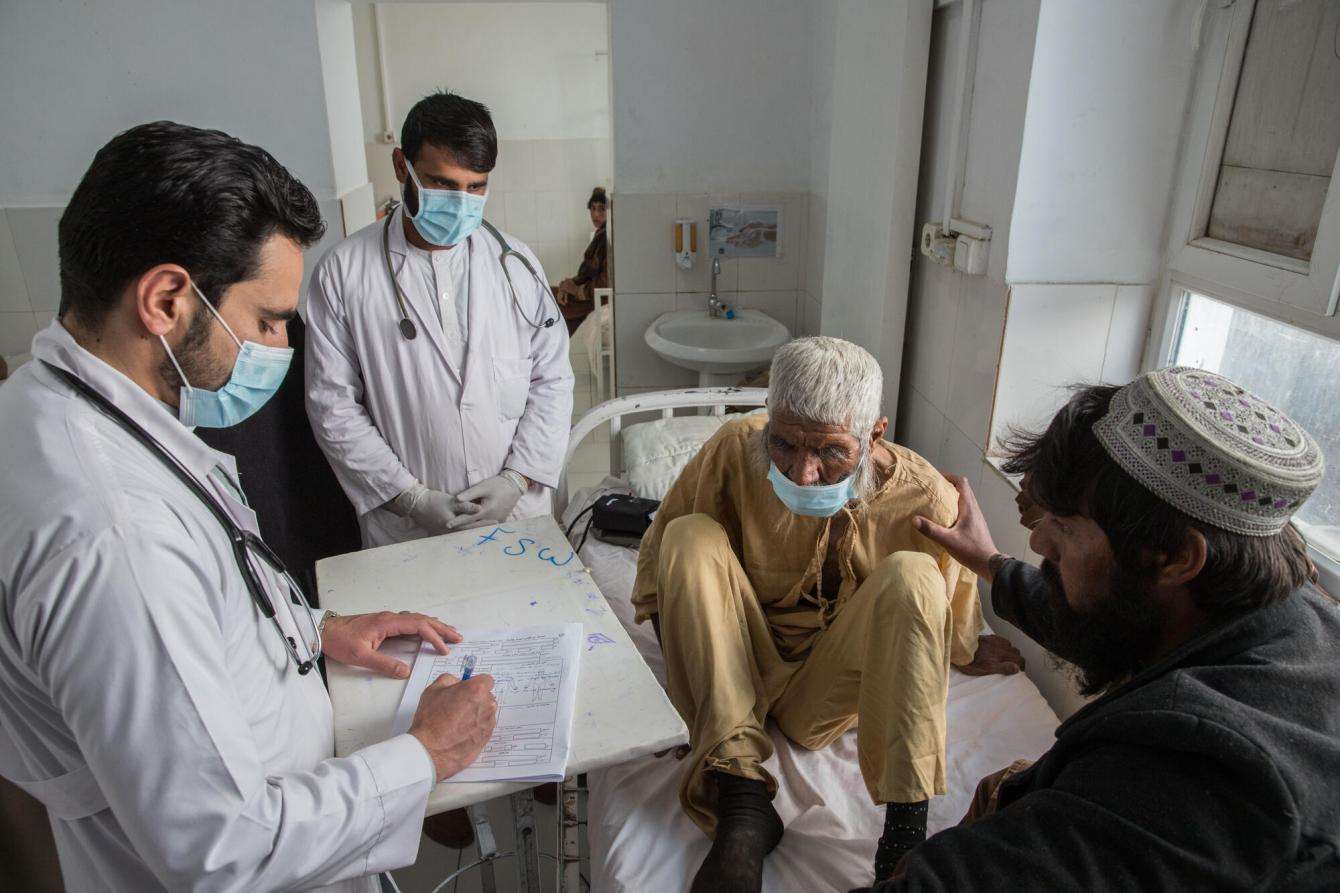
Since the end of the conflict in August 2021, huge numbers of patients have come to the hospital, partly due to the improved security situation making it easier for patients to travel roads that, for decades, that, were fraught with danger.
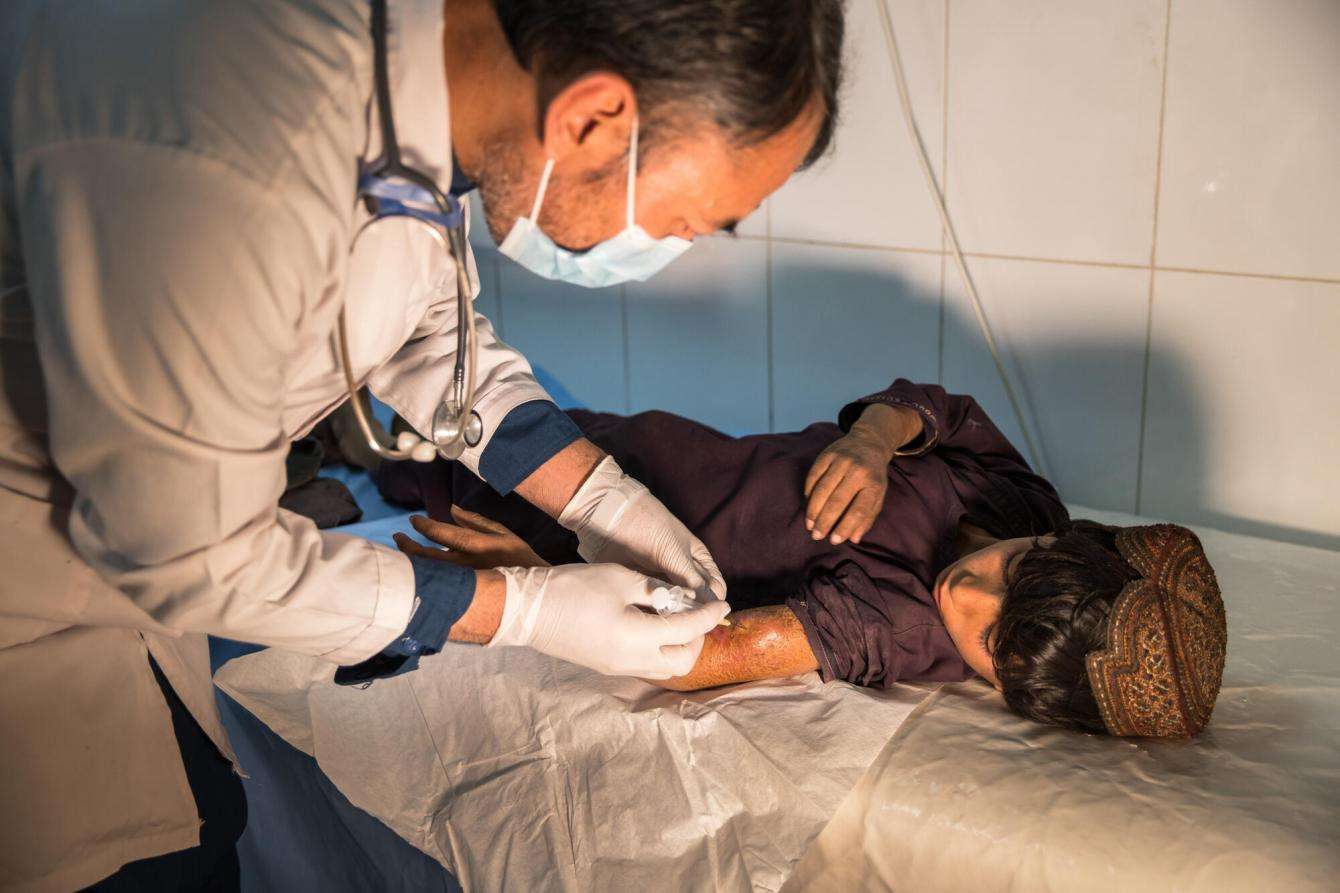
The reduction in violence is not the only factor influencing the increase in patient numbers. While the crisis put new strain on Afghanistan’s heath system—as governments and institutions suspended or reduced funding—it has been under-funded, under-staffed, and dysfunctional for years, and people still struggle to find the care they need.
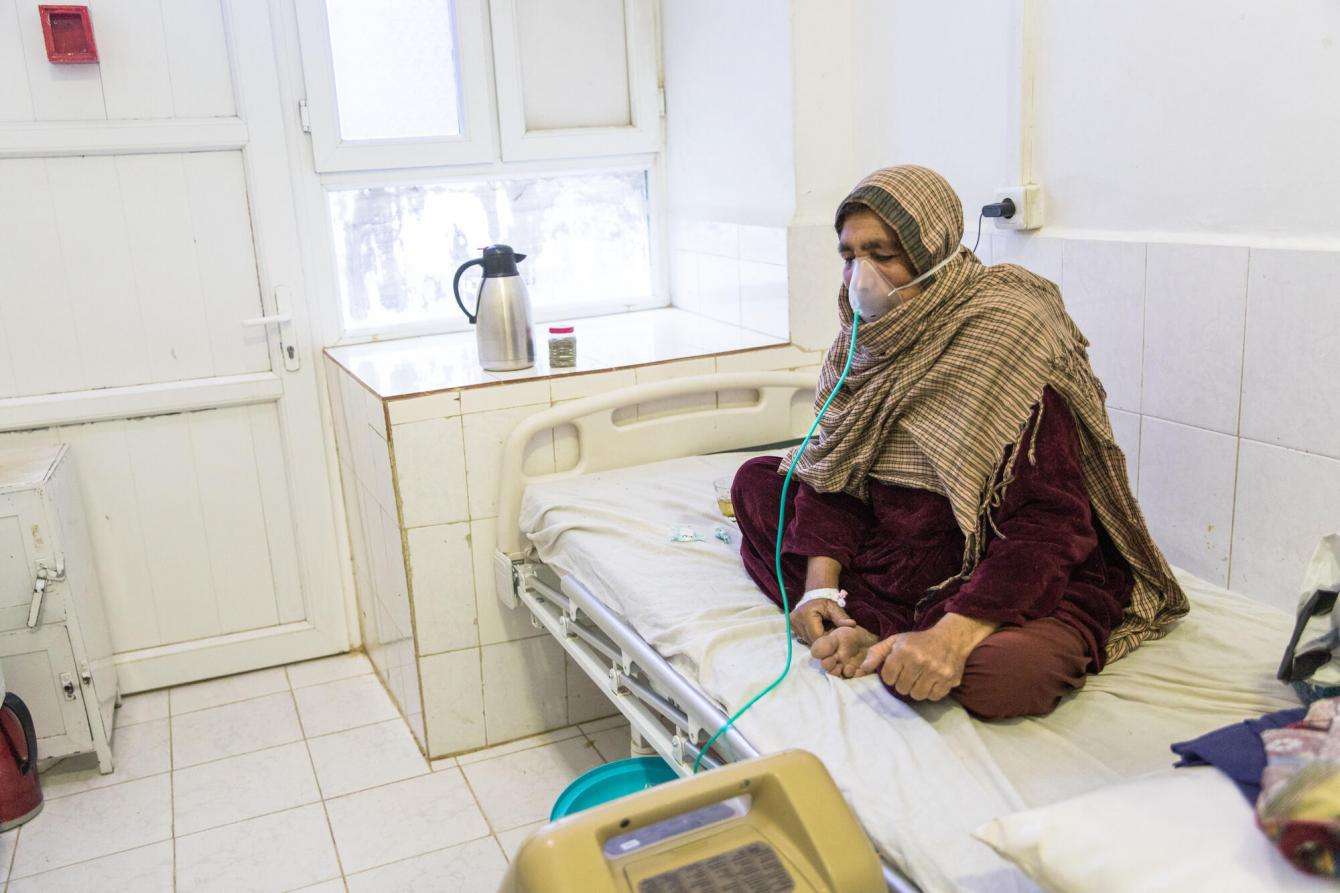
People travel long distances to access free care at MSF’s facilities, often borrowing money to pay for transport. Despite this, Boost hospital has received astonishing numbers of patients in recent months and has been over capacity all year. More than 2,400 people are admitted to the hospital and over 20,000 people are triaged in the ER, every month.
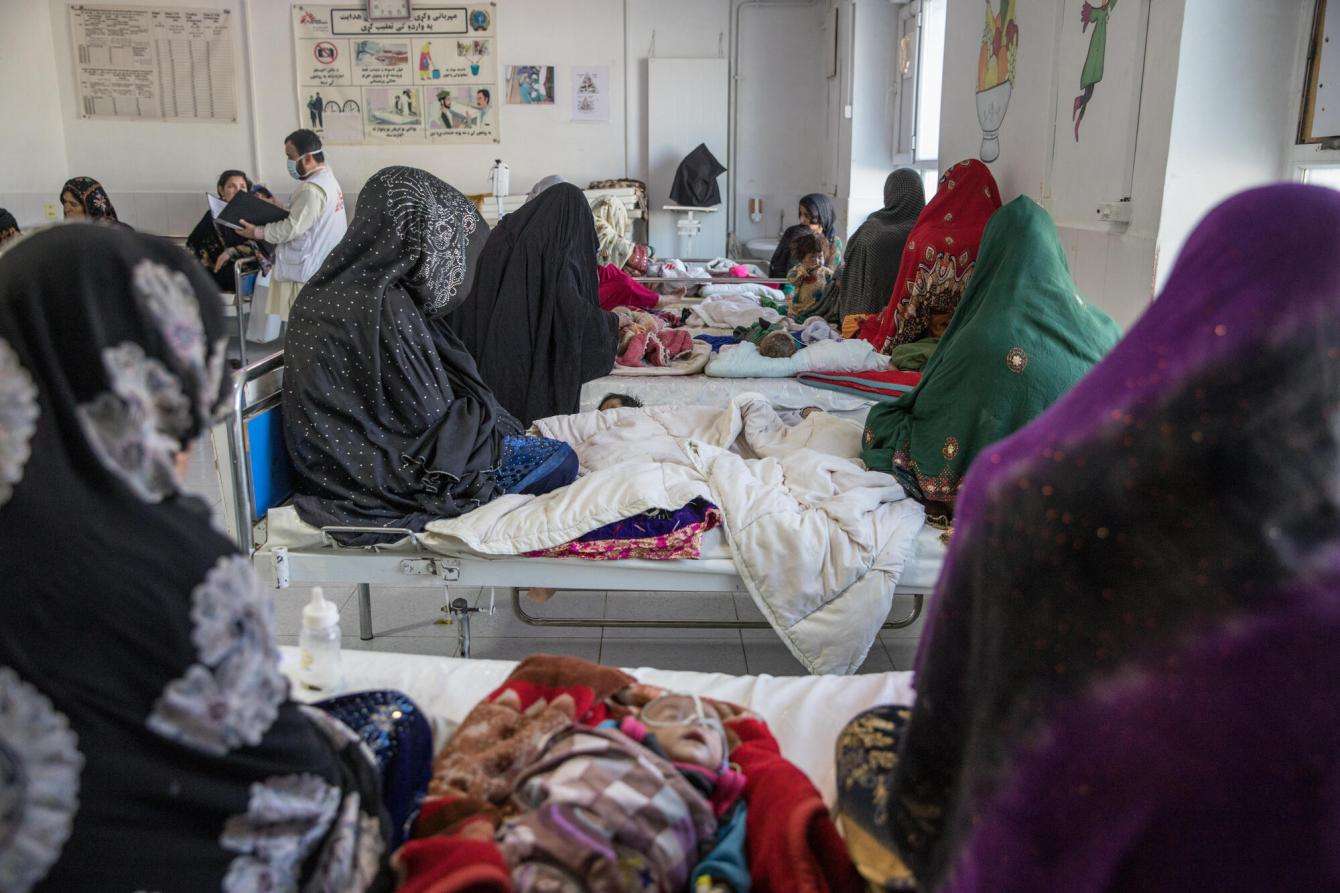
The ITFC in Boost hospital continues to be extremely busy, as many of the factors that cause malnutrition remain: People struggle to afford food, and persistent drought and displacement caused by the conflict have left people with fewer reserves. We’re also seeing very high numbers of measles cases, a disease that is particularly dangerous for malnourished children.
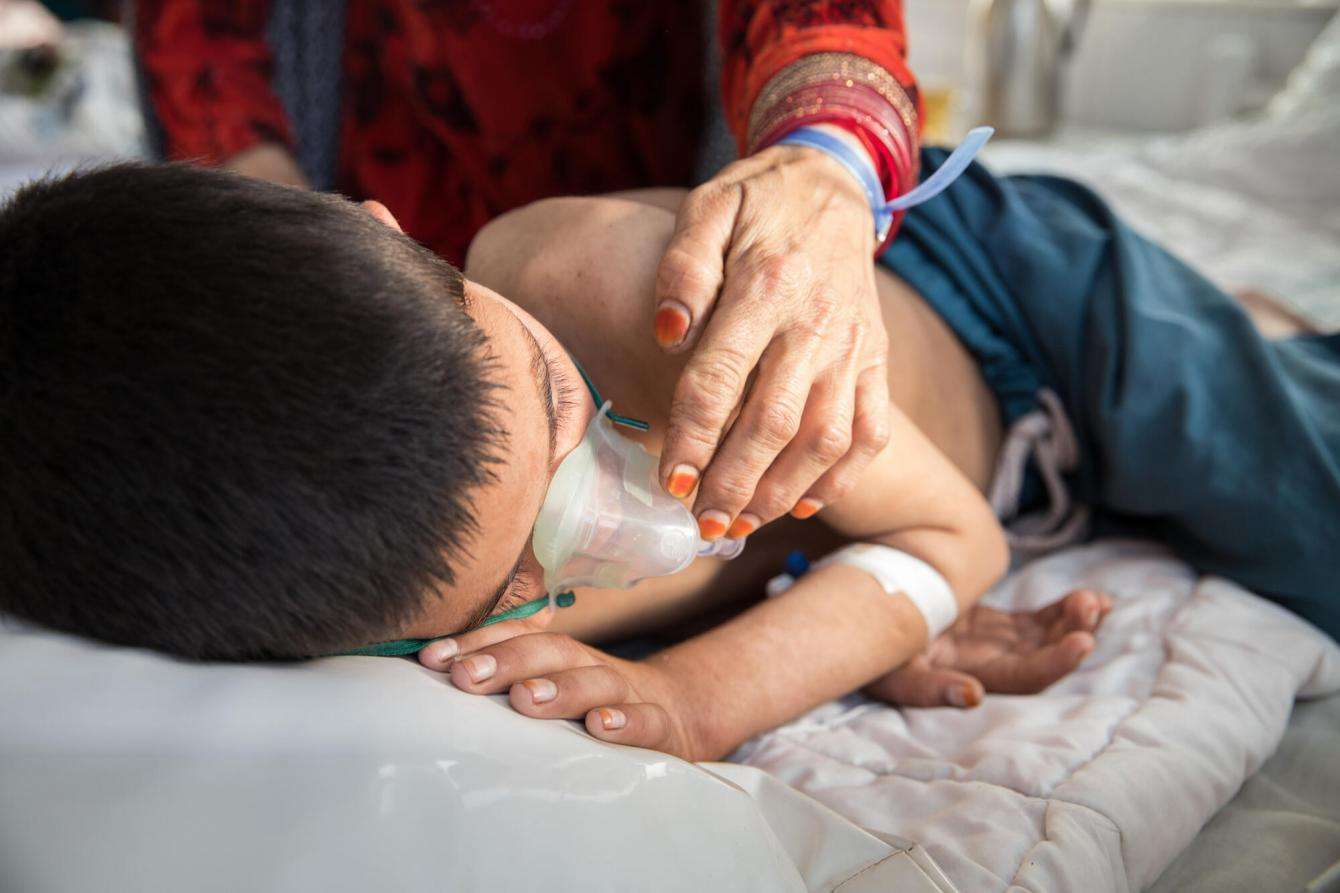
During the peak of the fighting in August, only about 10 women per day came to the hospital to give birth—that number would usually be around 80. Pregnant women are once again coming to the hospital to give birth. In January, our team assisted 1,832 deliveries.
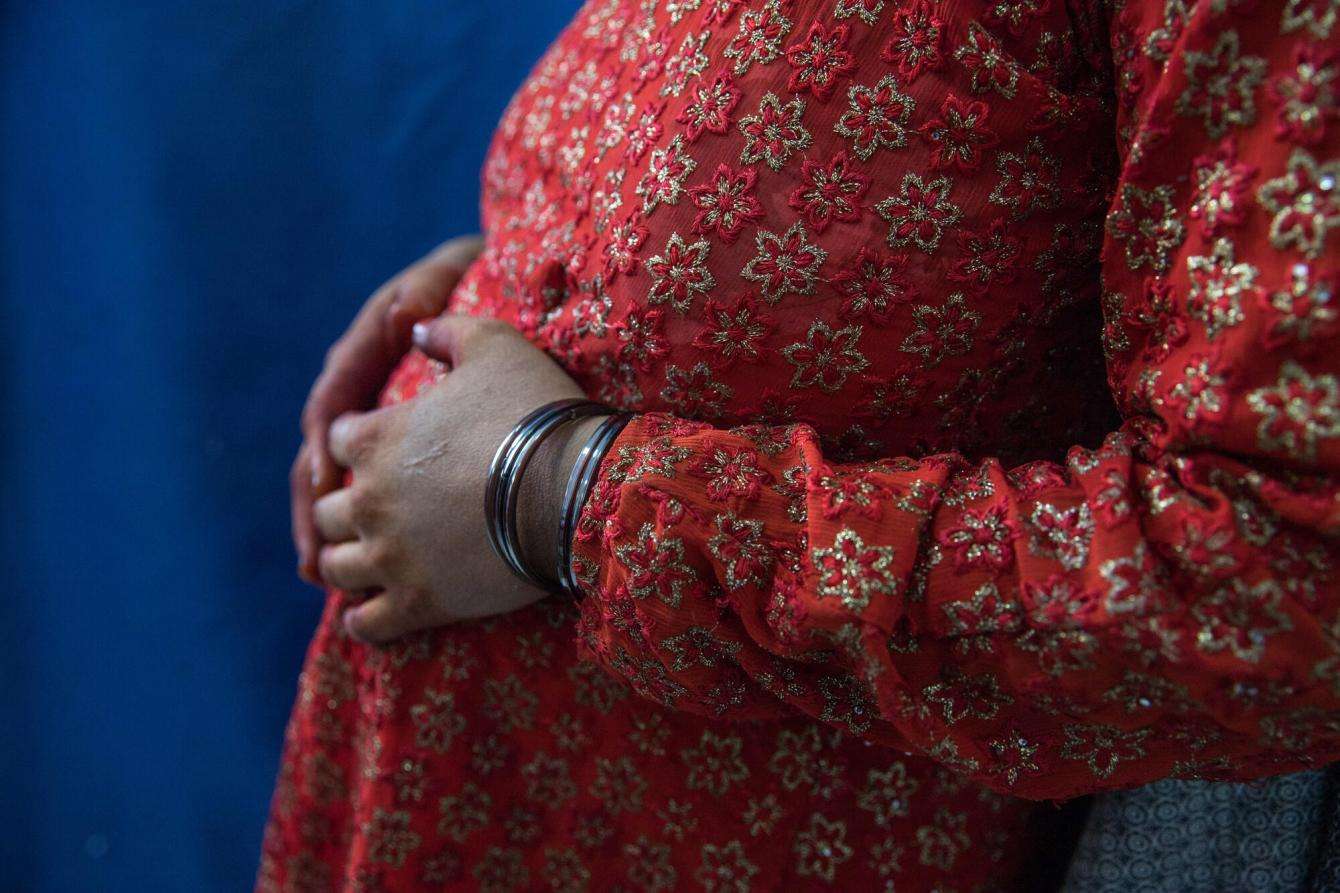
While the future of the health care system is uncertain, MSF is committed to continuing providing high quality free health care to people in Afghanistan.
In Boost hospital, in 2021, more than 164,000 patients came to the ER, and 30,900 were admitted to hospital. Medical staff assisted more than 18,900 deliveries, admitted more than 3,200 severely malnourished children, and carried out over 6,900 surgical interventions.

